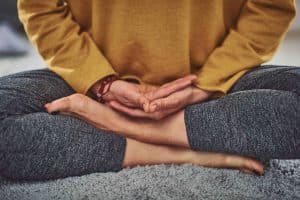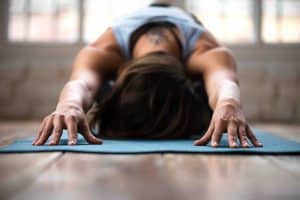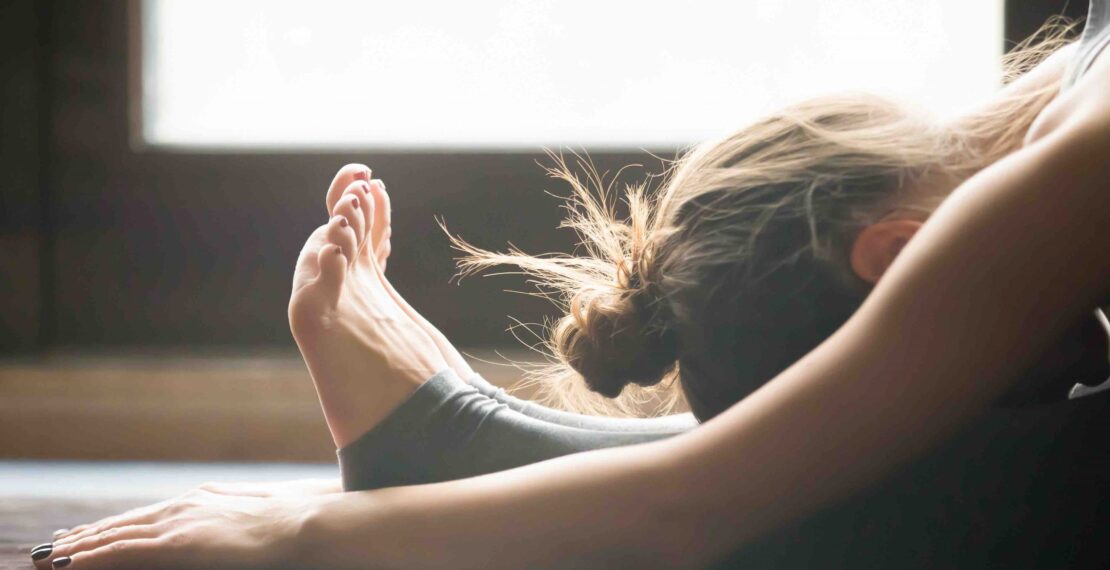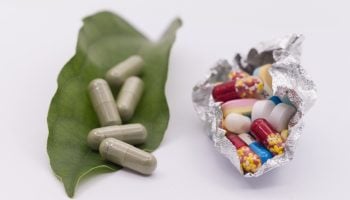
Disclaimer: Psychedelics are largely illegal substances, and we do not encourage or condone their use where it is against the law. However, we accept that illicit drug use occurs and believe that offering responsible harm reduction information is imperative to keeping people safe. For that reason, this document is designed to enhance the safety of those who decide to use these substances.
Disclosure: This article contains offers and affiliate links. Third Wave receives a small percentage of the product price if you purchase through affiliate links. Read our ethics and affiliates policy here.
Over recent years, microdosing–taking small, non-psychoactive doses of psychedelic drugs–has become increasingly popular for:
- Improving cognitive function
- Increasing energy
- Improving mood
- Increasing creativity
- Enhancing relationships
Although there is debate around whether the benefits of microdosing could be a placebo effect, it’s clear from personal stories that microdosing can powerfully impact day-to-day life.
Moreover, by incorporating well-being practices, such as meditation, yoga, and breathwork, into your microdosing regime, you can significantly improve the chances for beneficial outcomes.
So, if microdosing is something you’re considering or already practicing, but you would like to optimize your experience, read below for a guide on some vital practices to complement your journey.
Watch the above video of Third Wave CEO and founder Paul F. Austin’s discussion of three key microdosing methods.
Psychedelics and Mental Health

Psychedelic substances are making their way into mainstream psychiatry.
For example, with multiple clinical trials showing full doses of psilocybin, the active ingredient in “magic mushrooms,” to be longer-lasting and more effective than standard antidepressants, the FDA has given this treatment “breakthrough therapy” status for major and treatment-resistant depression.
Psychedelic research has found microdosing can have similarly beneficial mental health effects.
For instance, a 2020 study by the University of British Columbia researchers, among other experts, demonstrated how, in a sample of people with mental health concerns, those who microdosed were more likely to have lower levels of anxiety and depression than non-microdosers.
Despite potential benefits, microdosing can, in some cases, exacerbate mental health symptoms, particularly anxiety, panic, and paranoia.
One key reason for this side effect is that psychedelics can increase sympathetic nervous system output—the part of our brain function that prepares us for action by increasing our heart and breathing rates. This increased sympathetic activation can put users in a state of anxiety and cause distress.
It’s important to note that anxiety and paranoia may be more likely when microdosing lysergic acid diethylamide (LSD) than psilocybin mushrooms, as user self-reports often find LSD more stimulating.
If you’re unsure about which medicine is right for you, but know you are particularly prone to anxiety, psilocybin may be the most appropriate medicine to microdose. You can learn all about growing psychedelic mushrooms here.
Because of these microdosing side effects. complementary grounding practices are essential to optimize your outcomes and help you remain calm and exert more control over your emotions during the microdosing experience.
Three key practices we recommend are meditation, yoga, and breathwork.
Meditation

Why meditation?
Psychopharmacology research demonstrates how the 5-HT2A receptor–a protein that responds to the neurotransmitter serotonin–is responsible for many psychedelic effects, including the visual distortions associated with hallucinogens.
By stimulating 5-HT2A receptors, serotonin-boosting psychedelics like LSD also activate brain-derived neurotrophic factor (BDNF) molecules. BDNF molecules rebuild and form new nerve cells in a process called “neuroplasticity.”
In a 2020 study, researchers from the Beckley Foundation demonstrated the neuroplastic effects of LSD microdosing. Their findings revealed small doses (i.e., five micrograms) of LSD could increase BDNF levels in healthy volunteers four hours after administration.
Since neuroscience research has found that meditation can also increase BDNF and enhance connectivity between different brain regions, practicing meditation alongside microdosing could synergistically affect neuroplasticity, increasing the likelihood of cognitive and mood benefits.
Meditation and psychedelics may also synergize by decreasing activity in what is called the brain’s default mode network (DMN), which you can learn more about in this blog post.
Which meditation practices are best?
There are many different ways to meditate, but broadly speaking, meditation involves turning the focus away from thoughts somewhere else. This could include:
- The body
- The breath
- A mantra
- Positive emotions
When deciding which meditation practice to incorporate into your microdosing journey, it’s important to consider your intention. What are your aims with microdosing?
For example, if you want to regulate your emotions, learning to direct your focus on the body or breathing could help reduce negative thoughts and feelings.
If your aim with microdosing is to improve your interpersonal relations, consider a compassion-based meditation, such as the Metta (loving kindness) technique, in which you imagine sending love to different people.
Whatever your aim, it’s essential not to limit yourself. By trying out different meditation practices, you’ll be able to find what works best for you.
Yoga

Why yoga?
Researchers have found that, like meditation, regular yoga practice may also increase neuroplasticity, suggesting a potential synergy.
For example, one study investigating the effects of yoga and microdosing on well-being found that yogis who microdosed had lower levels of depression and anxiety than the study participants who only microdosed or practiced yoga, respectively.
Furthermore, yoga can increase vagal tone—the ability to switch on the parasympathetic nervous system and enter the “rest and digest” mode.
By enabling more efficient switching from the sympathetic to the parasympathetic nervous system, regular yoga practice can help decrease the chances of microdosing-related anxieties.
Which yoga practices are best?
Again, as with meditation, your microdosing intentions should inform the yoga practice you choose.
For example, if you’re looking for a healthy lifestyle change, including improving personal fitness, you might adopt a more rigorous practice, such as ashtanga.
On the other hand, if you’re working with mental health challenges, you may choose a more nurturing, restorative practice, such as yin.
Breathwork

Why breathwork?
Breath is an excellent tool to regulate your nervous system. Slow, deep breathing is a quick and easy way to enter parasympathetic mode.
Practices such as holotropic breathwork can themselves be psychedelic experiences, giving rise to amplified emotions, increased self-awareness, and new perspectives. When combined with microdosing, these longer and stronger breathwork practices could be made more powerful and increase the chance of resulting transformation.
Given his expertise in breathwork, psychedelics, and personal growth, we were delighted to host Chess Edwards on our podcast, which you can listen to here.
Which breathwork practices are best?
A popular breathwork practice is the Wim Hof breathing technique, consisting of deep and rhythmic inhales and exhales.
This technique is particularly good if your microdosing goals are fitness-oriented since Wim Hof-style breathing can increase immunity and may allow for greater oxygen intake and improved exercise performance. However, the evidence for exercise-related effects is unclear.
For decreasing anxiety related to microdosing, alternate nostril breathing (Nadi Shodhana in yoga) is an effective way to calm the nervous system and move the mind’s focus away from negative thoughts.
Again, we recommend trying out different breathwork techniques to see which ones are right for you.
Incorporating Practices Into Your Daily Routine
Popular microdosing protocols, such as the James Fadiman method, recommend having “off-days.” In between off days, we suggest incorporating practices like meditation, yoga, and breathwork into your daily routine to gain the most benefits.
The best way to pick up daily habits is to start small and sweet. For example, you may begin with just ten minutes on the yoga mat and gradually increase the length of your practice as you become more comfortable with the different poses.
Another way to help adopt habits is to practice first thing in the morning. Doing so will also help put you in a good headspace for the day ahead.
Even with the benefits of these practices, it’s important not to over-pressure yourself to perform and reach certain goals. Remember, microdosing isn’t a quick fix but rather a journey of self-transformation and personal growth.
For an in-depth, step-by-step process to gain the most out of your microdosing experience, including tailored advice about practices, doses, and medicines to best suit your needs and goals, be sure to check out Paul F. Austin’s new book, Mastering Microdosing: How to Use Sub-Perceptual Psychedelics to Heal Trauma, Improve Performance, and Transform Your Life.






